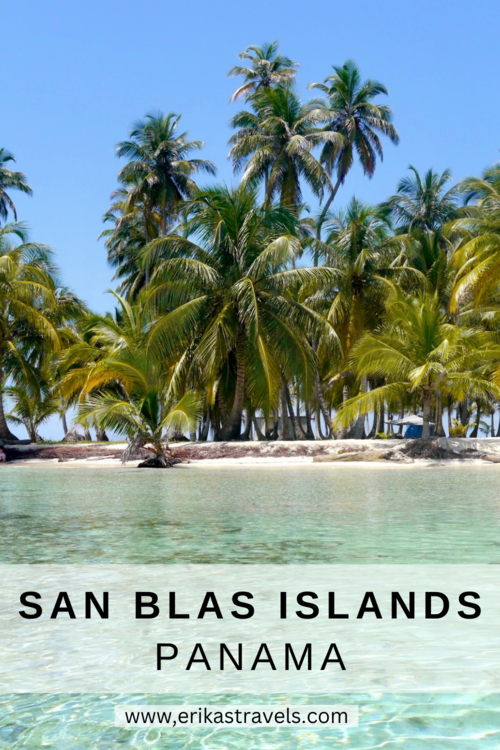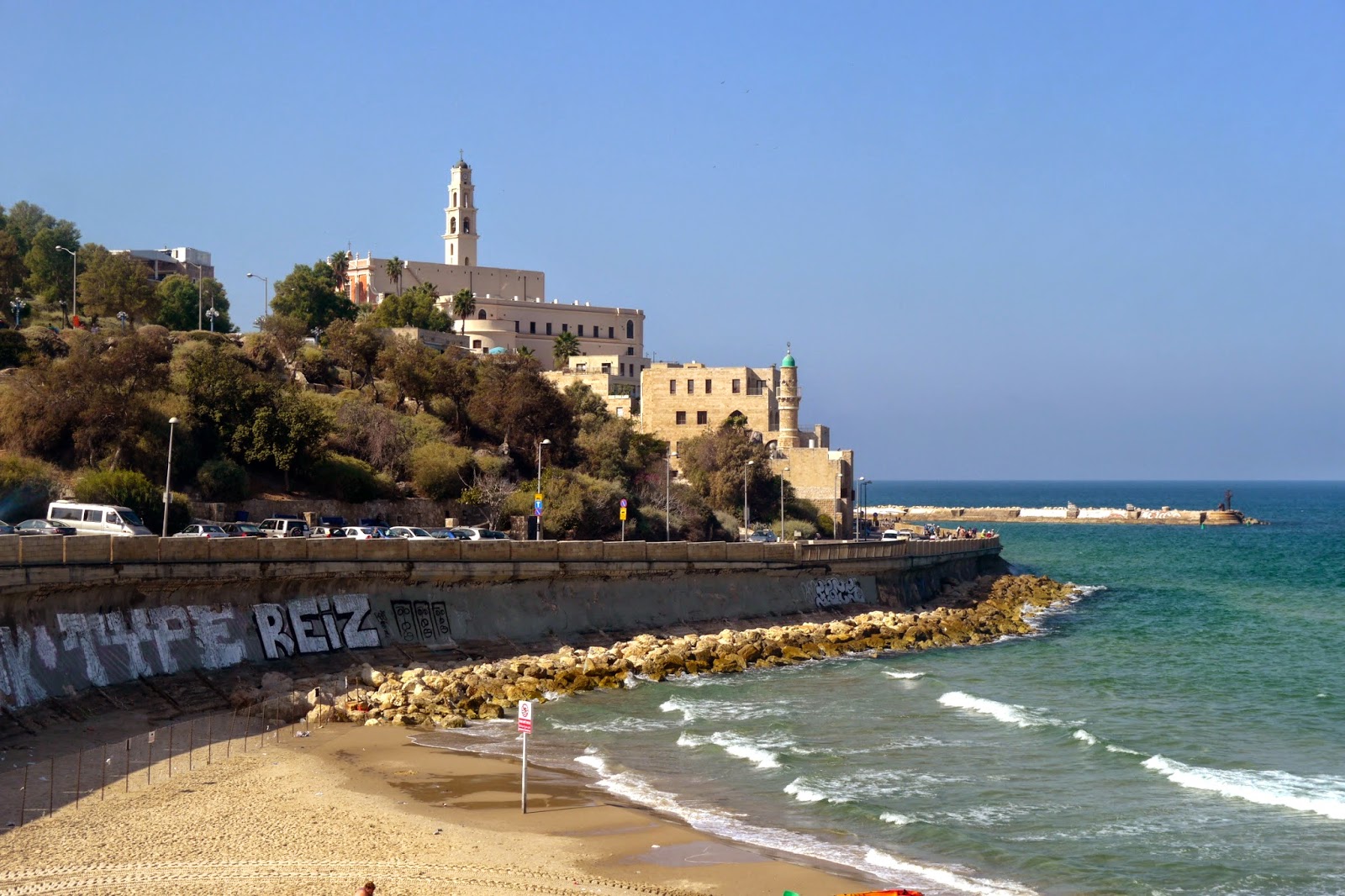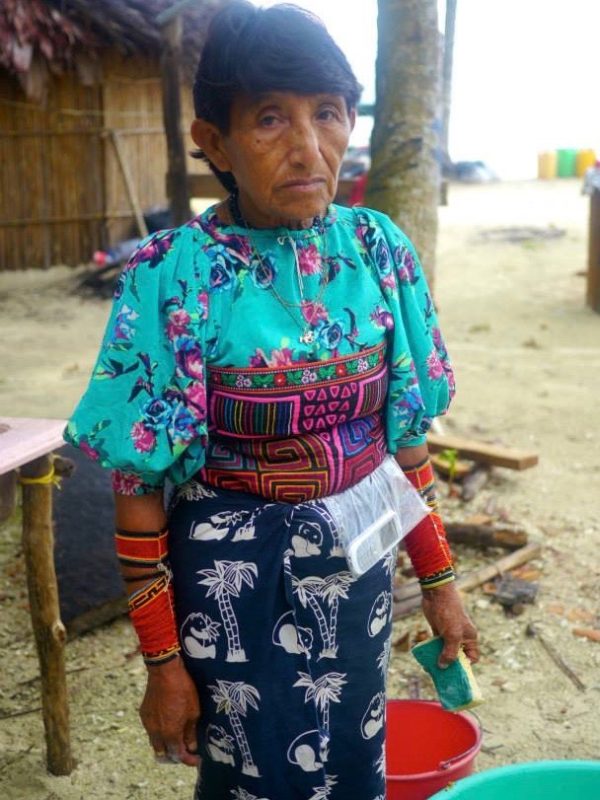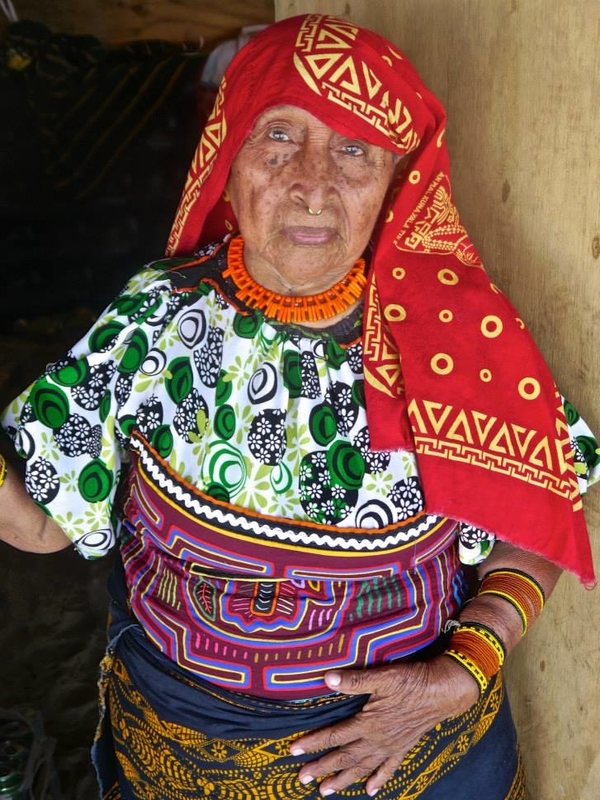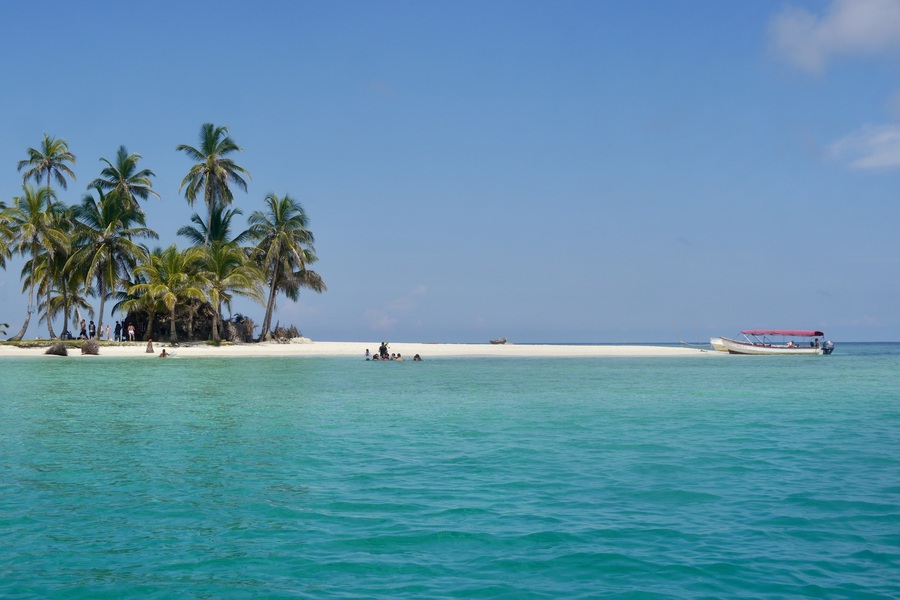
Visiting the San Blas Islands in Panama
Imagine a place where palm-fringed islands lie shimmering amongst turquoise waters. A place where gentle waves rise and fall against powdery sands. One where a simpler pace of life prevails.
And imagine that this place, devoid of cars and concrete, has remained seemingly untouched by the modern world. As though time stood still in 1491.
Though this description may seem like a rendering of paradise, I promise it exists—not merely in my dreams—but also in the remote and paradisiacal San Blas Islands of Panama.
THE SAN BLAS ISLANDS (GUNA YALA)
The Comarca de San Blas (also known as Guna Yala/Kuna Yala) is a semi-autonomous region of Panama. The territory consists of over 360 picture-perfect islands the dot the Caribbean waters between Panama and Colombia.
Strung across the emerald sea and blessed with snow-white sand, the islands are straight out of a tourist brochure.

Considering their beauty, you’d expect the San Blas islands to be overrun with cruise ships and camera-toting tourists.
Yet while the archipelago’s beaches rival those of other Caribbean islands (including St Martin, Anguilla, and the USVI, among others), the Panamanian territory lack the large-scale tourism amenities found elsewhere.
On the San Blas Islands, you won’t find all-inclusive resorts or tacky souvenir shops. The islands paint a picture of what the Caribbean might have been like in decades past, before the era of overdevelopment.
THE GUNA (KUNA) PEOPLE OF SAN BLAS
The Guna (also known as Kuna) are an ethnic group that inhabits Panama’s cluster of idyllic islands. Known for their independent way of life, they are a small yet proud community of around 300,000 people.
The Guna have a long history of resistance toward western influences. Many regard them as one of the most fiercely independent ethnic groups in the world.
During the beginning of the twentieth century, Panama’s government attempted to suppress the Guna way of life. It tried to ban the their traditional dress and attempted to dissolve their religious practices. Yet, the indigenous group faced the government with bitter opposition and revolted in what became known as the Tule Revolution of 1925.
After the Guna rebellion, the Panamanian government granted the ethnic group semi-autonomous status. This autonomy prompted the Guna to create their own internal laws and policies under the jurisdiction of Panama’s government.
The Guna people have fought fiercely to protect their land from foreign investments and influence.
As a result, there are no foreign-owned resort chains on the islands. Nor are there expat-run guesthouses or hostels. In fact, the only way to visit the San Blas Islands is to stay in a Guna-run homestay or cabin.
THE SAN BLAS ISLANDS: A TOURISM SUCCESS STORY
As tourists, it was comforting to know that the money we spent while on the islands was falling directly into the hands of the community.
In a world where “getting away from it all” often means disconnecting from locals and staying in insular all-inclusive resorts, it was wonderful to go somewhere that was both so culturally enriching and so utterly beautiful.

Though the San Blas Islands are gaining popularity, tourism in the region remains highly regulated to ensure that the Guna benefit financially from their interactions with tourists.
I found it refreshing to visit a place where the native people have such control over their own destinies.
OUR THREE DAYS IN SAN BLAS
The three blissful days we spent on the San Blas Islands were pure magic. From morning to night, we spent our time relaxing, snorkeling, swimming, and beach-bumming.
During our San Blas tour, we stayed on Hook Island. Covering an area about the same size of a football field, the tiny palm-shaded patch of sand felt like paradise.
The island left us speechless with its crystalline waters, its swaying palms and its blanket of thin, snow-white sand.
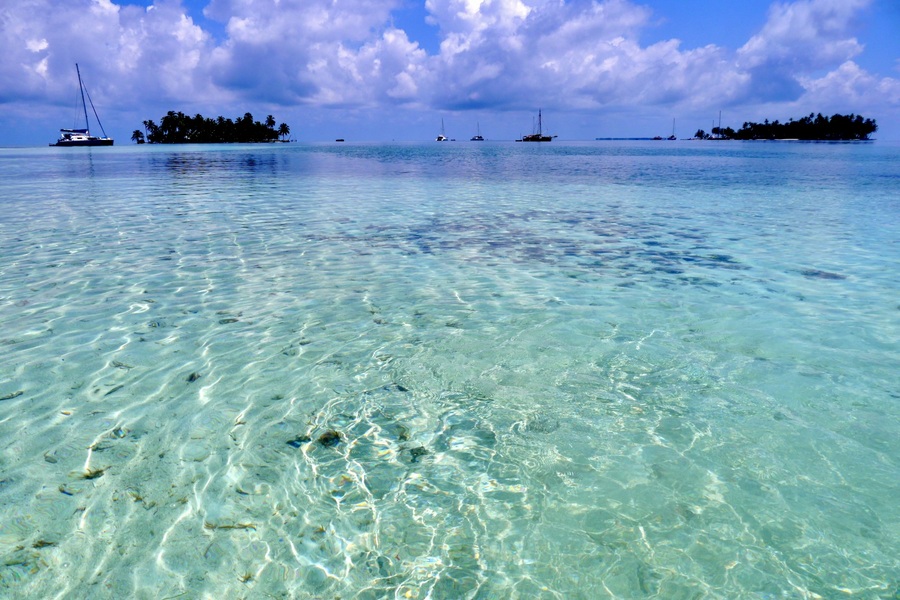
During each of our days on the island, our Guna guide would take us to a different islet or remote cay.
On the first day, we visited Isla Perro, also known as Dog Island. The pristine patch of sand boasts an expansive beach, as well as a shipwreck off its coast. It is one of the most popular snorkeling destinations in the archipelago.
On our second day, we encountered heavy precipitation that lasted all afternoon. Since the islands lack any place to escape the elements, we explored the coral reef and swam in the shallow waters of the Piscina Natural
We spent our last day on Pelican Island–one of the most pristine beaches I’ve ever set foot on.
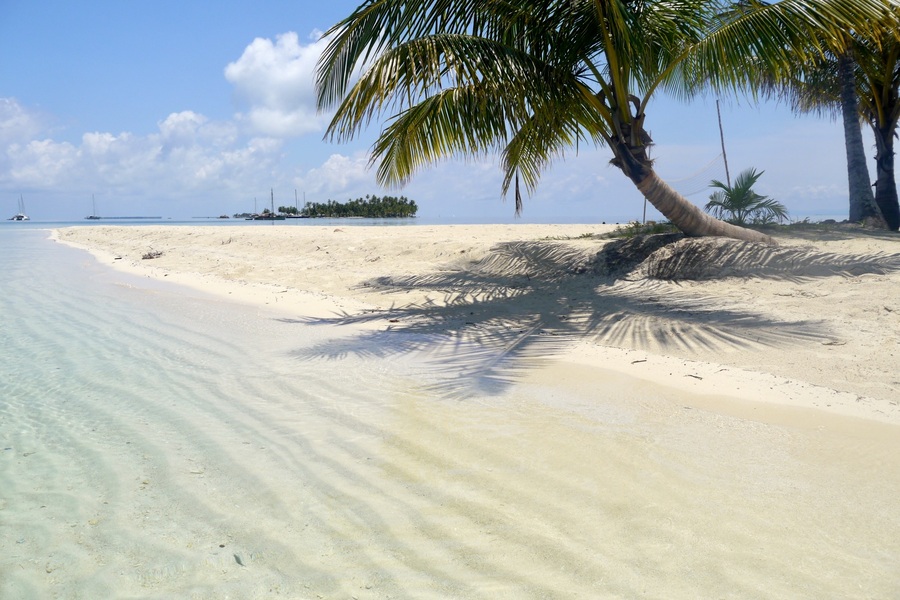
Every afternoon and evening during our San Blas Islands tour, Dan and I would explore the reef, lounge in hammocks, and watch mesmerizing sunsets.
Sometimes we’d even see dolphins splashing in the distance.
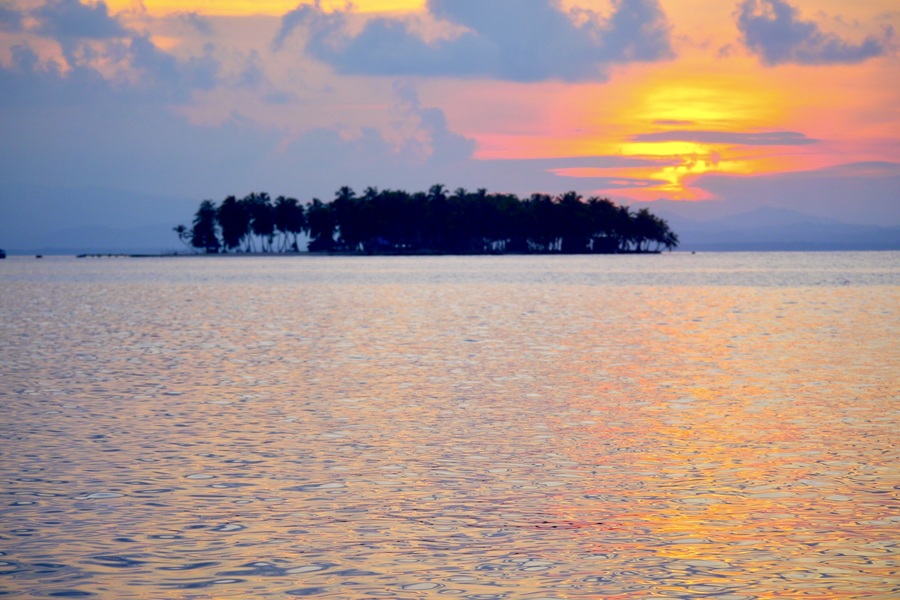
At night, when the sun went down, we would gaze up at the canopy of brilliant stars and run our hands through the soft sands—watching the beach sparkle with phosphorescent plankton.
GETTING AROUND SAN BLAS
Panama’s Guna communities are spread out over 49 of the 360 islands in San Blas.
To get from place to place as a tourist, you must organize your transport with local guides. There are no public ferries or passenger boats.
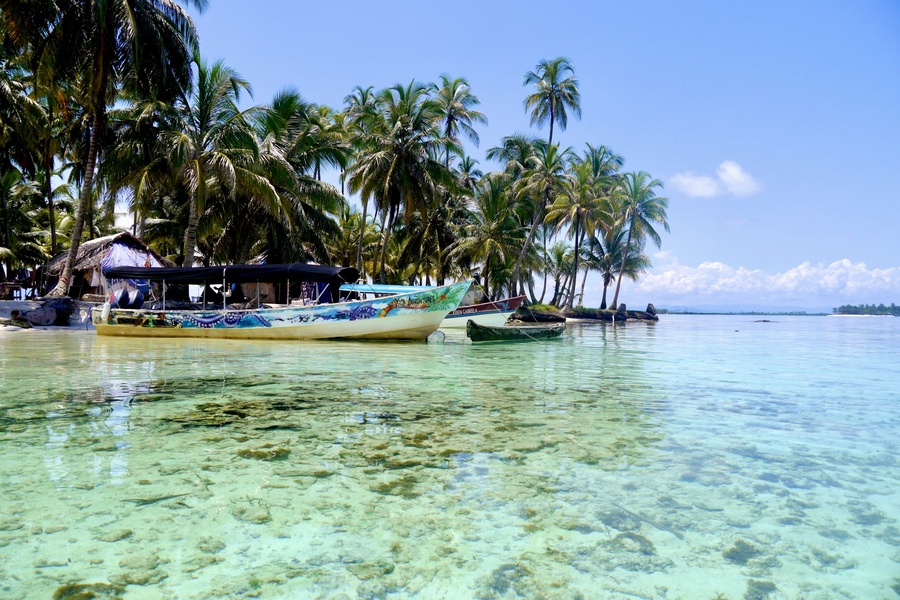
Luckily, most tours of the area include visits to multiple islands.
TOURS OF THE SAN BLAS ISLANDS IN PANAMA
Dan and I joined a three day tour of the San Blas Islands with Panama Travel Unlimited. Our tour included lodging in a tent, three meals per day (fish and rice) and daily transport to the surrounding islands.
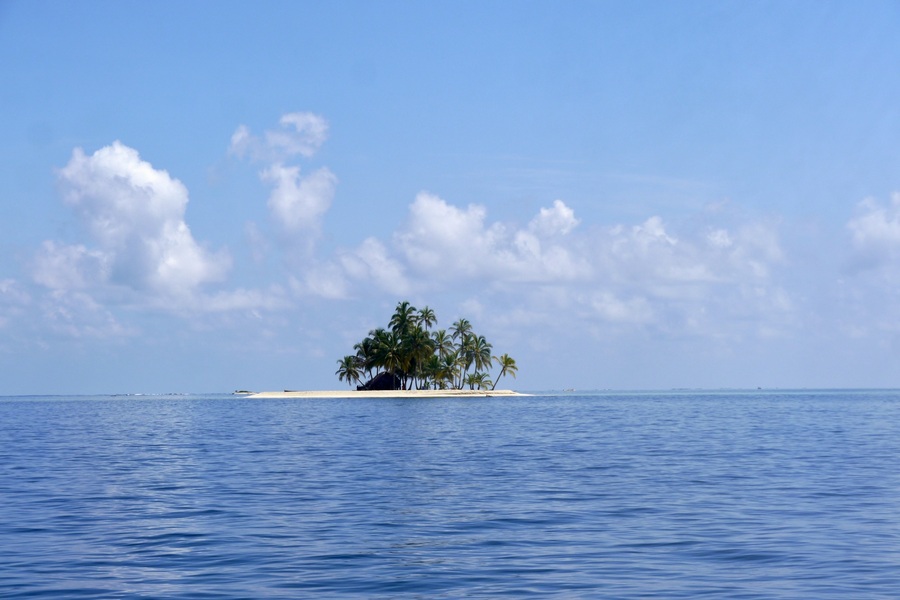
Before setting off on our excursion, we didn’t really know what to expect. I had read countless reviews of the islands online and much of what I read was surprisingly negative. People complained that the islands were too crowded and too covered in trash. They complained about the lack of wifi, the rustic cabins, and the lack of culinary variety.
But when Dan and I arrived in San Blas, we found that we could not relate to any of the complaints we had read online. The islands were so pristine and beautiful—so untouched—that it felt like we had drifted into the pages of Robinson Crusoe.
-
DAY TOURS OF THE SAN BLAS ISLANDS
While I absolutely recommend spending at least two days in the San Blas Islands, I know that staying overnight isn’t always possible. Itinerary and budget constraints might force you to visit the islands as a day trip instead.
Luckily, there are a number of day tour options that include roundtrip transport from Panama City. This tour visits Isla Yansailadup, while this one brings you to four different islands over the course of a day.
-
SAN BLAS MULTI DAY TOURS
Staying multiple days in the San Blas Islands is absolutely worthwhile. By staying overnight, you’ll be able to experience the rhythm of island life and get a sense for what its like to live on the remote archipelago.
A bit has changed since I visited the islands on a three day tour, and it appears that Panama Travel Unlimited no longer offers the itinerary that we booked.
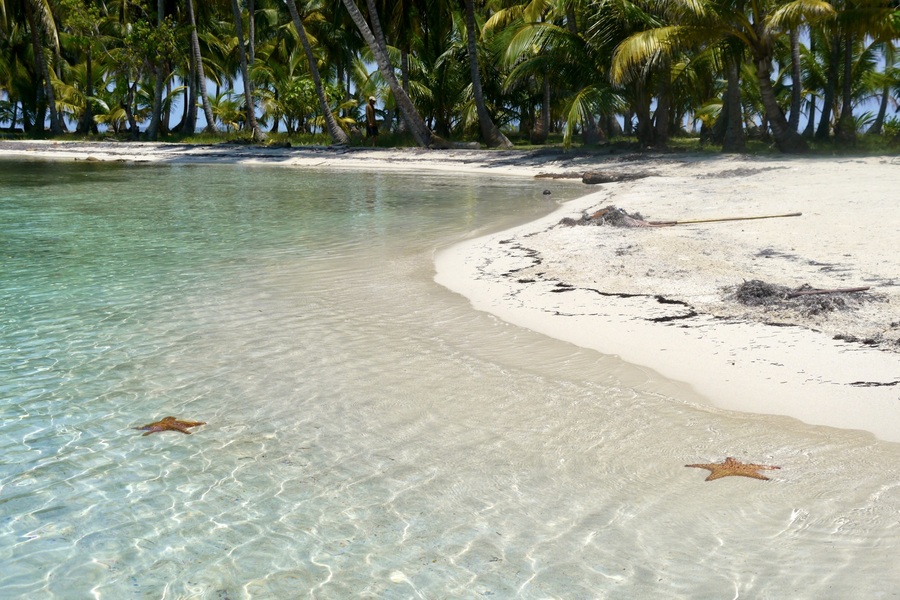
However, there are similar multi-day trips bookable online through other tour operators. This 3day/2night tour includes meals, transport, and lodging. It seems quite comparable to the one that we enjoyed.
-
SAILING TO COLOMBIA
If you’re traveling overland from Panama to Colombia, you’ll hit a massive roadblock: a large swathe of rainforest known as the Darien Gap. There are no roads that pierce the impenetrable jungle. Even the Pan America Highway just stops here, making it impossible to travel completely overland between the Americas.
Instead of traveling by bus or car, many adventurers choose to head onward to Colombia on a sailing tour, via the San Blas Islands. I wish that Dan and I had experienced the San Blas Islands this way.
The journey takes about five days and stops at numerous pearl-like islands en-route. Cost of the trip should set you back around $500 to $600USD.
WHERE TO STAY IN SAN BLAS
In general, accommodations options in San Blas Islands are basic and expensive (think $100-200+ per night).
During our three day trip, we stayed in small huts on Hook Island. The basic accommodation was part of our tour. I haven’t found a way to book the huts online (though there seem to be other better options on nearby islands).
Cabañas Narasgandup is one of the best lodging options in San Blas. Its overwater bungalows overlook the crystal-clear waters of Mamartupo and have very positive reviews. Just don’t expect a Tahiti-style overwater resort.
The Isla Diablo cabins are another popular option. From online photos and reviews, they seem to be quite a bit nicer than the cabins we stayed in.
GETTING TO THE SAN BLAS ISLANDS
There are two ways to get to the San Blas Islands from Panama City: a car + boat combination, or a flight to the tiny El Porvenir (PVE) Airport.
-
4X4 JEEP + WATER TAXI
The trip from Panama City takes about 4 hours in total. Most tours leave early in the morning and include a 2.5-hour 4×4 ride to the port, where you’ll then hop on a 30 to 45-minute boat to the islands. This is typically included in tours departing from Panama City.
-
FLIGHTS ON AIR PANAMA
Flights depart every day from Marcos Gelabert Airport (PAC) in Panama City. Air Panama is the only airline that flies to the San Blas Islands, linking Panama’s Capital with EL Porvenir. Most of the flights are on small aircraft that seat 20 people.
SHOPPING IN SAN BLAS
Though San Blas doesn’t really have any souvenir shops, you’ll find many locals selling the traditional mola embroidery designs. Kuna molas are a form of fabric art that originated as clothing.
Today, you’ll find that most people sell molas as stand-alone square panels that can be made into wall art or pillow cases.
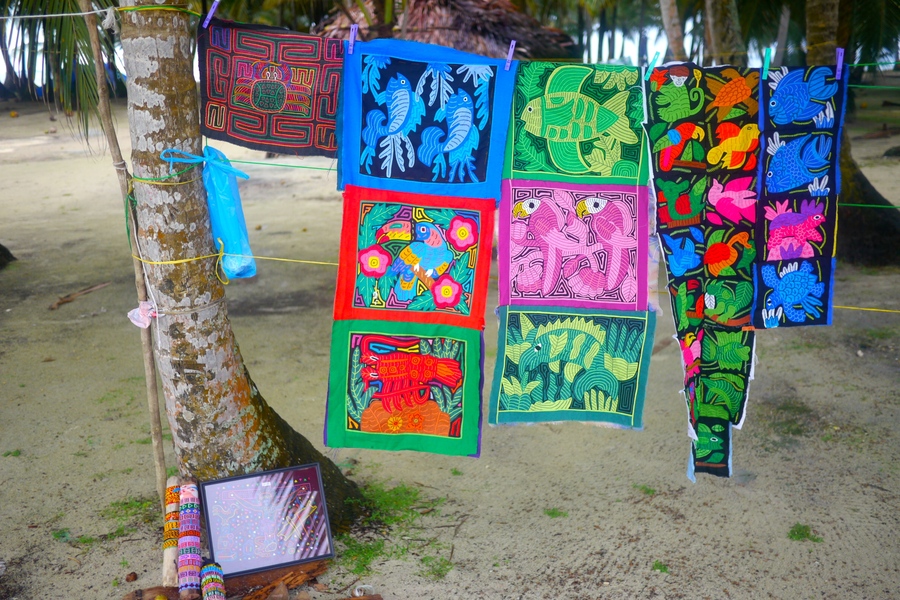
We found the molas in San Blas to be generally much nicer than those in Panama City and even bought a few for our house. They now adorn our entryway bench as pillow covers.
SNORKELING AND DIVING IN SAN BLAS
The Guna have banned scuba diving in San Blas in order to protect the area’s reef and fish population. You’ll have to stick to snorkeling if you want to experience the archipelago’s underwater world.
Snorkeling is one of the top things to do in San Blas. The reef is moderately healthy and Dan and I enjoyed watching the colorful fish dart amongst coral.
We found the snorkeling in San Blas to be better than in Bocas del Toro, but lacking compared to other destinations. The reef around the islands—at least where we visited—didn’t really hold a candle to places in the Pacific, like Palau, Micronesia, or Indonesia.
Still, we enjoyed exploring the reef around Hook Island and snorkeling above the Dog Island shipwreck.
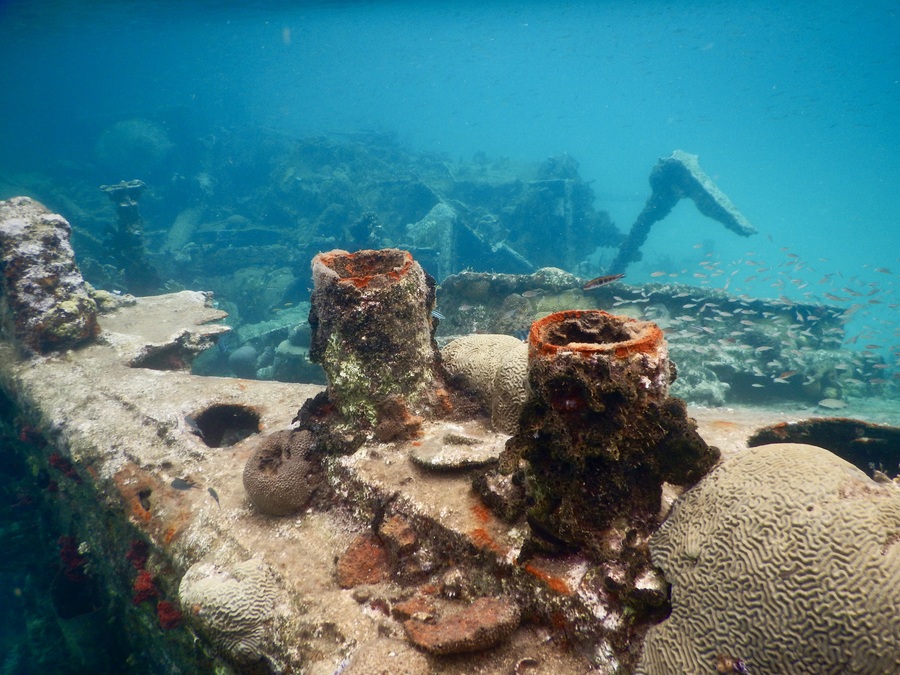
I’ve heard that the reef around some of the territory’s outer islands tends to be more intact. You can reach some of these far-flung areas on a sailing trip through the islands.
BEST TIME TO VISIT THE SAN BLAS ISLANDS
The dry season, from January to April, is the best time to visit San Blas. The San Blas Islands have a pretty long rainy season, which runs from May to December.
The good news is that the wet season doesn’t mean it’s going to rain all day, every day. While you will probably experience at least a few pretty heavy downpours while you’re there, the rain might only last a couple hours.
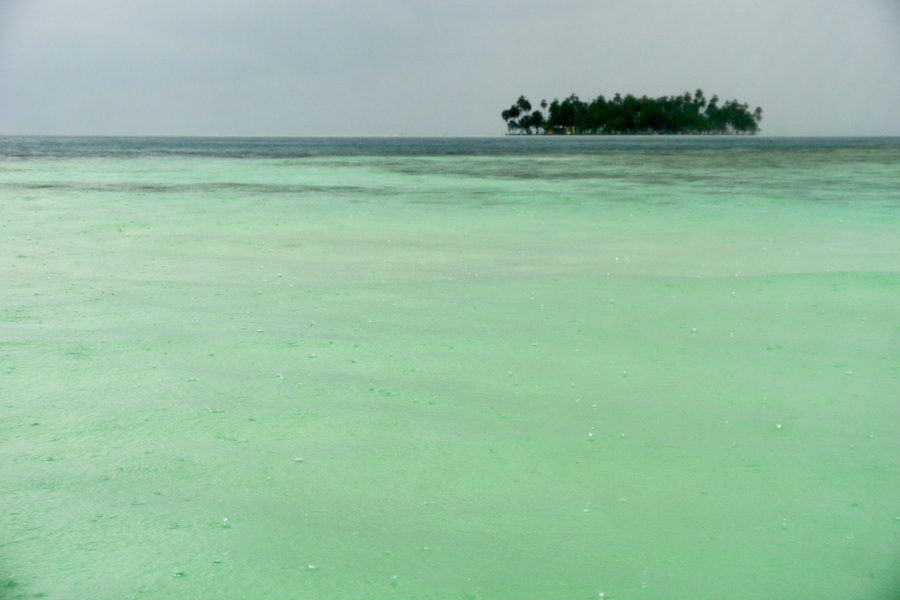
Dry season is the ideal time to visit San Blas, but if you’re visiting from May to September, your trip is unlikely to be spoiled by bad weather. We visited in September and enjoyed beautiful weather on two of our three days in San Blas.
October and November are the wettest months and can experience heavy rainfall that lasts all day.
*****
If you’re seeking a luxurious Caribbean getaway, the rustic San Blas islands might provide a disappointing experience. Even as we stood gawking at the beauty of our surroundings, we overheard fellow travelers complain about the lack of hot showers, air conditioning and nightclubs.
I understand that the islands—beautiful as they may be—might not be everyone’s cup of tea.
But if you’re looking for a rustic and authentic experience in paradise, the San Blas Islands in Panama offer an experience that is absolutely unforgettable.
__________________________
DID YOU ENJOY THIS GUIDE TO THE SAN BLAS ISLANDS IN PANAMA? PIN IT!
